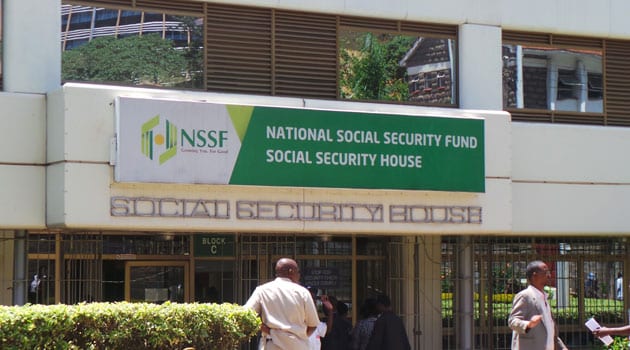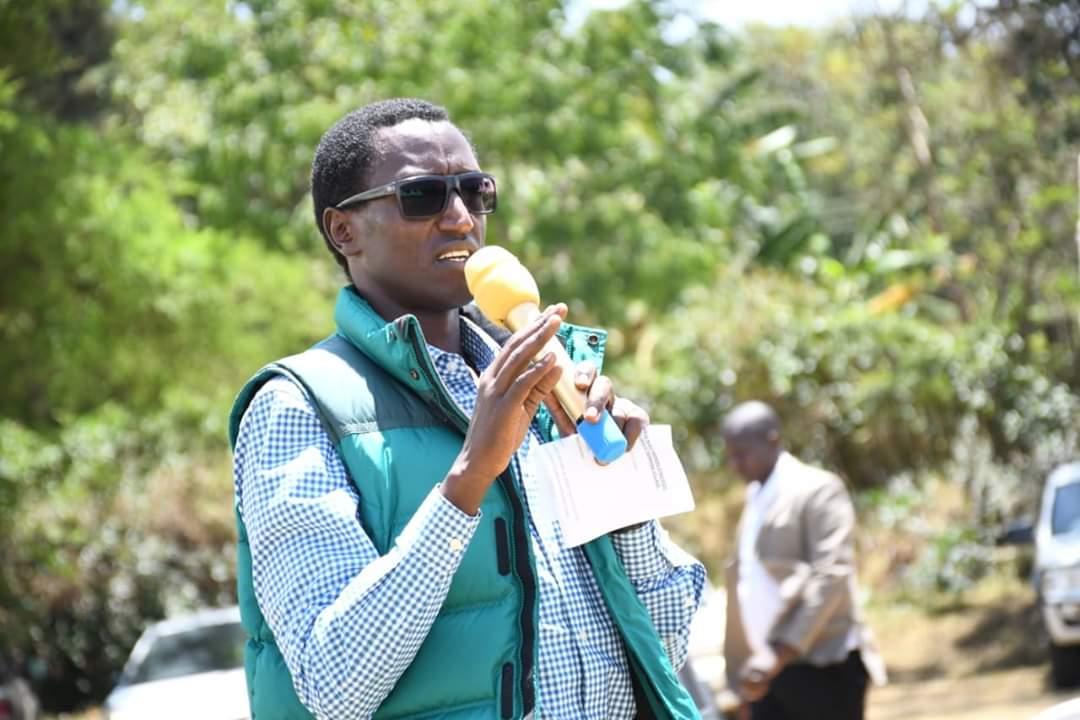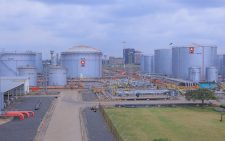NSSF rack up Sh10b extra on new rates

The National Social Security Fund (NSSF) has garnered over Sh10 billion in extra funds following the implementation of hiked monthly contributions since March 2023.
The impact of these new regulations is now evident, as they play a pivotal role in bolstering a more substantial retirement fund for the country’s aging population.
Over the course of four months leading up to June 2023, the heightened contributions drove the total collection for the 2022/23 financial year to an impressive Sh26.92 billion. This marked an astounding growth of 63.8 percent compared to the preceding period’s collection of Sh16.43 billion.
This surge in contributions represents an all-time high for the NSSF since its establishment. Prior to the new rates taking effect, the annual contributions had been increasing at a modest single-digit percentage point since 2014. The exceptional year was 2022 when the economy gradually absorbed more workers in the aftermath of the Covid-19 pandemic.
The pivotal NSSF Act of 2013 instated a graduated scale for salaried employees, significantly increasing their monthly deductions. For low earners, the deductions rose from Sh200 to Sh600, while top earners saw their contributions surge from Sh320 to Sh1,080 under a graduated scale.
“We have just implemented the new rates for about four months and we’ve gotten over Sh10 billion extra. Payment to members has also increased during that period,” says NSSF’s new CEO and Managing Trustee David Koross who was appointed in May to take over from Anthony Omerikwa.
By the end of June, after bowing to pressures over delays, NSSF paid out a total of Sh6.7 billion in 2023 to members who had been saving with the Fund for retirement benefits. In 2022, the total payout dropped to Sh5.4 billion.
The aged beneficiaries take the biggest chunk of the fund followed by withdrawal benefits which comprise members aged between 50-60 years but are not working. The official retirement age is currently 60 years but there are plans to revert to 55 years, which if executed, is likely to exert more pressure on the Scheme’s coffers when settling the first lump-sum payment.
In 2023, the aged took Sh4.6 billion or 69 per cent of the total payout, leaving the remaining Sh2.1 billion to cover withdrawal, survivor benefits, and invalidity – payable to those incapacitated.
The new rates had previously received backlash leading to legal wrangles, with employers arguing they cannot match the contribution as stipulated by the Act over biting economies. The Court of Appeal however gave a go-ahead in February allowing the higher rates.












